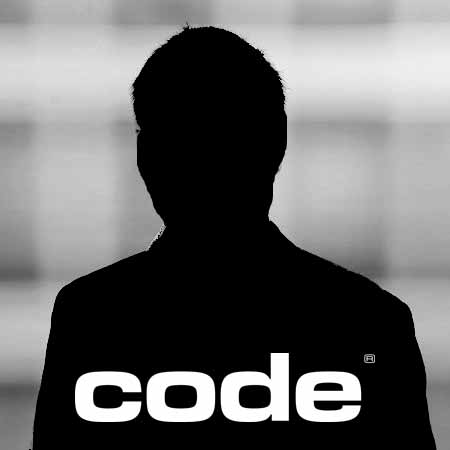Barcode Scanners are Basically All the Same, Right? Actually, No.
Barcode scanners and healthcare go hand in hand, a lot like peas and carrots or Sonny and Cher. In its supporting yet vital role, barcode scanning has the ability to make healthcare’s leading performance even better. How, you might ask? By reducing, if not eliminating, adverse drug events (ADEs), increasing patient safety, and eliminating transcription errors. Government mandates have made data capture solutions a necessary part of healthcare facility operations. Aside from regulations, data capture solutions ensure patient safety through iterative checks and documentation. Unique identifiers (barcodes) are attached to patient wrist bands, medications, equipment, and pretty much every item located in a healthcare setting for track and trace purposes. Additionally, cleaning, inventory, and hospitality crews use data capture solutions to track room cleanings and patient nutrition. Those little barcodes have a very big job.
So what’s the point and why does it matter?
It matters because each workflow may require various types of barcode scanners to keep things running efficiently, and despite what you may have been told, not all barcode scanners are created equal.
Barcode scanners used for hospitals with inpatient bedside medication administration or emergency departments, for example, are scrutinized by infection control teams due to the proximity of the scanner to patients. Thus, these workflows require a completely sealed barcode scanner that can hold up to the constant cleaning and sanitizing throughout each shift. In contrast, inventory crews don’t necessitate the same sterilization standards but may need to handle multiple barcodes at high speeds all at the same time. Despite the obvious differences in these workflows, there are still three types of barcode scanners that can easily handle both of their tasks:
- Tethered (attached to a PC)
- Bluetooth (wireless connectivity) or
- Mobile units (cell phones or tablets)
Tethered units are predominantly used in clinical workflows, like outpatient doctors’ offices, pharmacies, and such. Generally, tethered units are more budget-friendly options, but their cords tend to get in the way when used in an inpatient setting.
Inpatient environments are more complex. With the IVs and the many cords connected to monitoring equipment, barriers can make access to scanning patient wrist bands and medications like a strange game of Twister™. Bluetooth technologies have the competitive advantage here; a small, cordless form factor allows clinicians to freely move around a room and maneuver around a patient. Bluetooth barcode scanners offer clinicians freedom and increase patient interaction and satisfaction.
The disadvantage to Bluetooth scanners is that they’re dependent upon a connection to a computer. Enter mobility products. They are the scanner and computer in one device. They can be used in the same fashion as Bluetooth units but don’t require a PC connection. Mobility scanners run mobile versions of the EHR software application, and several of the mobile EHR applications have built-in barcode reading. Perfect, right? So why doesn’t everyone have one of these you might be asking yourself?
Product-to-environment matching is key when choosing a barcode reader.
Code Corporation has developed products to meet each of the three stated scenarios. The CR1500 tethered scanner is the industry-leading product for clinical workflows. With its disinfectant-ready, IP54 rated housing and small form factor, clinicians can easily handle this scanner all day and rely on its performance. The CR2600 and inductive charging CR2700 are a favorite of nurses and a best-in-class Bluetooth scanner; it is disinfectant-ready and IP65 rated. Its small form factor combined with highly reliant Bluetooth technology is perfect for bedside applications.
Code’s barcode scanning software is pioneering mobility in healthcare delivering enterprise-grade barcode scanning to teams through mobile HIS and EHR applications. Code’s decoding algorithm is Integrated into applications like Epic Rover where healthcare teams are discovering that going mobile not only makes them more efficient but saves hospitals money with no need for additional hardware or scanning sleds. Curious if your HIS has integrated Code’s CortexDecoder for mobile barcode scanning? We would love to chat.
The question then turns to how do you protect that mobile device investment in a hospital environment with bacteria and patient safety protocols? The answer is with options like the completely enclosed battery backup case CR7018 and CR7019 with data pass-through. This battery back-up case uses its power to keep the phone fully charged and offers hot-swappable battery replacements, so the phone never leaves its protective case. Made from healthcare-grade plastics the CR7018 and CR7019 are purpose-built for healthcare and can endure the harsh chemical cleanings required to keep patients safe.
Wrap Up
Remember the statement from above, “not all barcode scanners are created equal”? It’s true! Code’s proprietary decoding algorithm comes embedded in all its hardware and software products.
They not only scan faster, but they accurately decode when others can’t even seem to get started. The patented algorithm powering our decoding technology is consistently unmatched. What does that mean for your workflow? No matter the tiny size, curved surface, color, or damage to the barcode, you will get the best results from a Code barcode reader and keep your team moving.
There’s not a one-size-fits-all scanner. If you’re unsure where to start, gather information on your team’s workflows and connect with Code.






